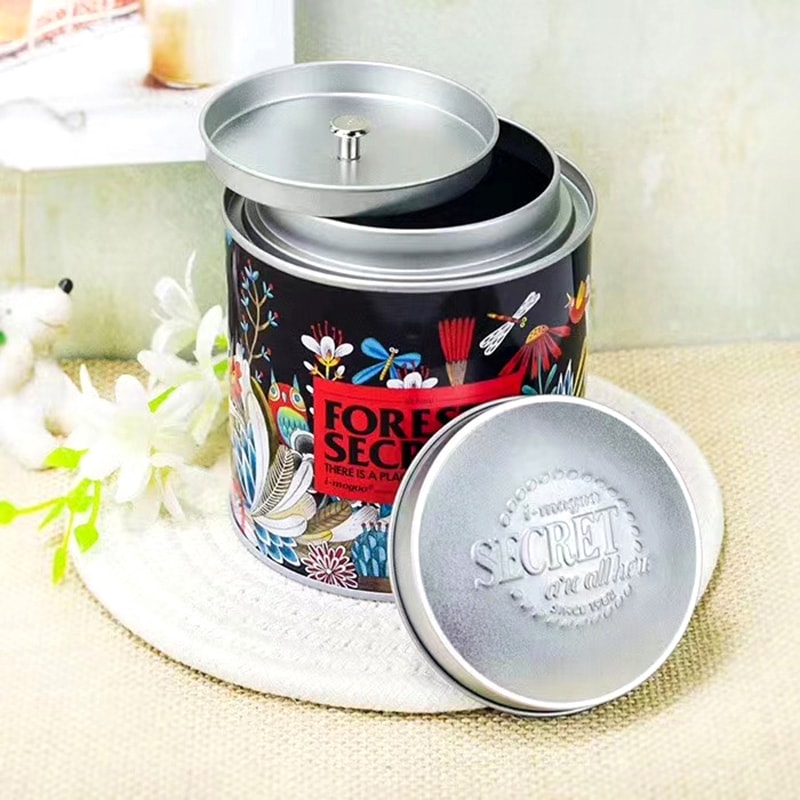
Abstract:
The global packaging industry has been witnessing a significant shift towards premium tin can packaging as a means to enhance product value and appeal in international markets. This paper investigates the impact of such premiumization on aesthetics and design trends from the viewpoint of professionals engaged in international trade. By analyzing market data, trade patterns, and industry feedback, the study reveals a multidimensional influence of premium tin can packaging on design innovation, aesthetic appeal, and consumer perceptions, leading to a domino effect across the broader packaging landscape.
Introduction:
Luxury and exclusivity have become potent forces in packaging design, with premium tin can packaging emerging as a notable trendsetter. This movement has transcended mere functionality to become a statement of brand identity and a symbol of quality. Within the international trade sector, professionals are increasingly encountering this phenomenon, observing its influence on design choices and consumer preferences across diverse markets. This paper explores these dynamics and their implications for the packaging industry at large.
Market Differentiation and Design Influence:
Premium tin can packaging has instigated a wave of aesthetic enhancement in product presentation. From intricate embossing and debossing to custom shapes and finishes, these high-end features are now sought after commodities in global trade. As exporters and importers prioritize distinctiveness, the trend has proliferated, influencing even sectors traditionally resistant to packaging innovation.

Consumer Engagement and Brand Perception:
In the competitive landscape of international markets, packaging is a pivotal touchpoint for consumer engagement. Premium tin can packaging has become a strategic tool for brands to convey their narratives and foster an emotional connection. The tactile and visual aspects of these luxury packages serve not only as a differentiator but also as a conduit for brand loyalty and reputation building.
Sustainability and Material Innovation:
An increasingly conscious global consumer base demands sustainable practices, including in packaging. Premium tin can packaging innovators are therefore not only focusing on aesthetics but also on eco-friendly materials and production processes. The frontlines of international trade are witnessing a growing preference for packaging that balances luxury with environmental responsibility, influencing industry standards and consumer expectations.
Technological Advancements and Interactive Packaging:
Technology integration within premium tin can packaging is creating unique opportunities for interactivity and personalization. Features such as QR codes, augmented reality, and smart labels are becoming prevalent, transforming packaging into a dynamic participant in the consumer journey. This technological adoption is fostering a culture of innovation and setting new precedents in packaging design globally.
Conclusion:
Premium tin can packaging has transcended its traditional role, becoming a bellwether for aesthetic and design trends within the global packaging industry. From the perspective of international trade professionals, this shift is not isolated but indicative of a broader transformation. As premium packaging continues to evolve, it is poised to influence consumer behavior, sustainability efforts, and technological integration, reshaping the contours of the packaging industry for years to come.
Keywords: premium packaging, tin can design, international trade, packaging aesthetics, sustainability, consumer engagement, technology in packaging, global design trends.